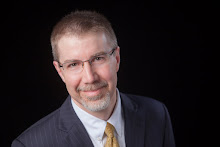I think I've arrived at a decision to take a case study approach. I like the ability to utilize a variety of sources (interviews, "artifacts" such as syllabi, observation) and get into the rich messiness of teaching and learning. I like the ability to craft a narrative from the data as well. And this from the math guy who was sure he was going to do a quantitative project.
As I bounce between methodology and theoretical framework in my reading and thinking, the framework is giving me the most grief. I'm triangulating between the theory implicit in the model that I'm planning to test, my personal inclinations, and the methodology I've chosen. There aren't any real conflicts there. It's more a matter of being overwhelmed by the literature. One of the challenges of being a librarian is the knowledge that there is always more out there, and that there could be relevant tangents, when what I really need to do is narrow my focus and write. I'll have lots of time for tangents and additional research when this thing is done!
Crotty, M. (1998). The foundations of social research: Meaning and perspective in the research process. Thousand Oaks, CA: Sage.
Gomm, R. (2008). Social research methodology: A critical introduction (2nd ed.). New York: Palgrave Macmillan.
Roberts, C. M. (2004). The dissertation journey: A practical and comprehensive guide to planning, writing, and defending your dissertation. Thousand Oaks, CA: Corwin Press.
Trowler, P. (2008). Cultures and change in higher education: Theories and practices. New York: Palgrave Macmillan.





